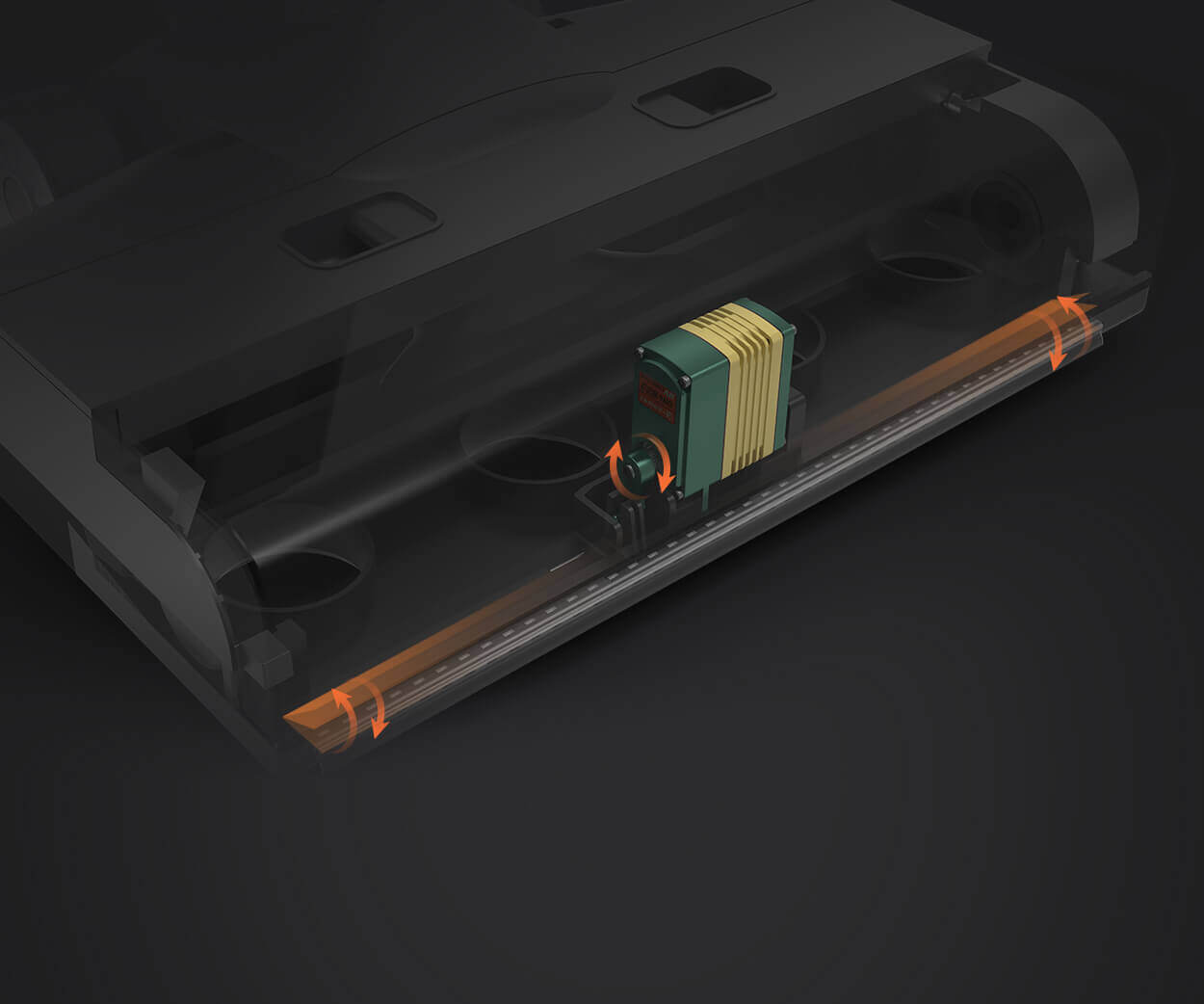Imagine you're running a bustling online marketplace. You’ve got hundreds of microservices handling everything from user authentication to order processing, inventory updates, and payment gateways. They all need to share data, but doing this smoothly is like trying to juggle flaming torches—without risking chaos. That’s where microservices data sharing techniques come into play.

Now, let’s talk about the real magic behind seamless sharing. Think about message queues. It’s like passing notes in class—except these notes are data packets flying from one service to another. Message brokers like RabbitMQ or Kafka are the transformers that turn chaos into orchestration. Want to avoid data loss during high traffic? Asynchronous messaging ensures your data gets through, no matter what.
But wait, what if real-time updates are a must? That’s where event-driven architecture shines. Services listen for events—like a customer placing an order—and react instantly. When a new event pops up, every subsystem that cares about it jumps into action. Updating inventory? Sending confirmation emails? All happen in a flash. It’s kind of like a domino effect, but without the falling dominoes messing things up.
APIs also are key players in the game. REST APIs, especially when built with good practices, serve as direct lines between microservices. They’re simple, flexible, and pretty reliable. They let a service get exactly what it needs without bothering the rest of the system. Imagine a restaurant menu—each dish (or data) can be ordered exactly how you want, and it's delivered promptly.
Then there’s data consistency—something that can make or break your system. Techniques like event sourcing or eventual consistency can be your best friends. For instance, if a user updates their profile, does every part of your platform show the change immediately? Sometimes not immediately, but fast enough. That patience pays off—your system remains resilient and responsive.
Certain questions pop up all the time: “Can data sharing cause delays or data corruption?” Absolutely, that can happen. That’s why choosing the right approach—like combining message queues with robust data validation—is vital. It’s like having an insurance policy for your data flow.
And, is it worth investing time into mastering these techniques? Think about scalability. When your user base jumps from hundreds to millions overnight, the right data sharing methods keep everything running smoothly. No downtime, no bottlenecks. That’s power.
In the end, picture this: a smart, responsive ecosystem where services talk to each other perfectly, share data without fuss, and grow as fast as your ideas. Microservices data sharing techniques aren’t just tools—they’re the backbone of modern, flexible digital architectures. If you’re ready to scale, innovate, and keep your systems agile, mastering these methods might just be your secret weapon.
Established in 2005, Kpower has been dedicated to a professional compact motion unit manufacturer, headquartered in Dongguan, Guangdong Province, China. Leveraging innovations in modular drive technology, Kpower integrates high-performance motors, precision reducers, and multi-protocol control systems to provide efficient and customized smart drive system solutions. Kpower has delivered professional drive system solutions to over 500 enterprise clients globally with products covering various fields such as Smart Home Systems, Automatic Electronics, Robotics, Precision Agriculture, Drones, and Industrial Automation.




































